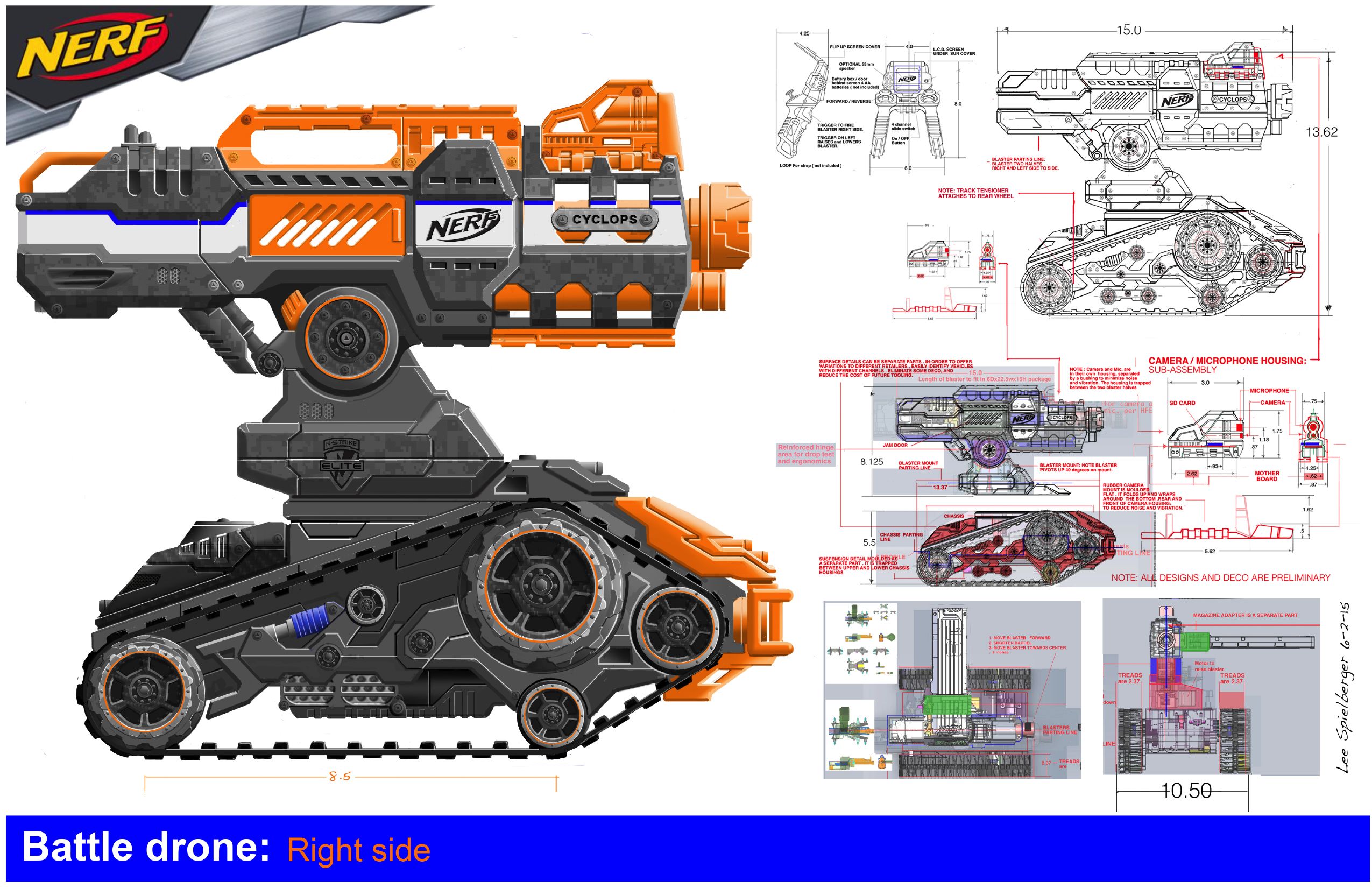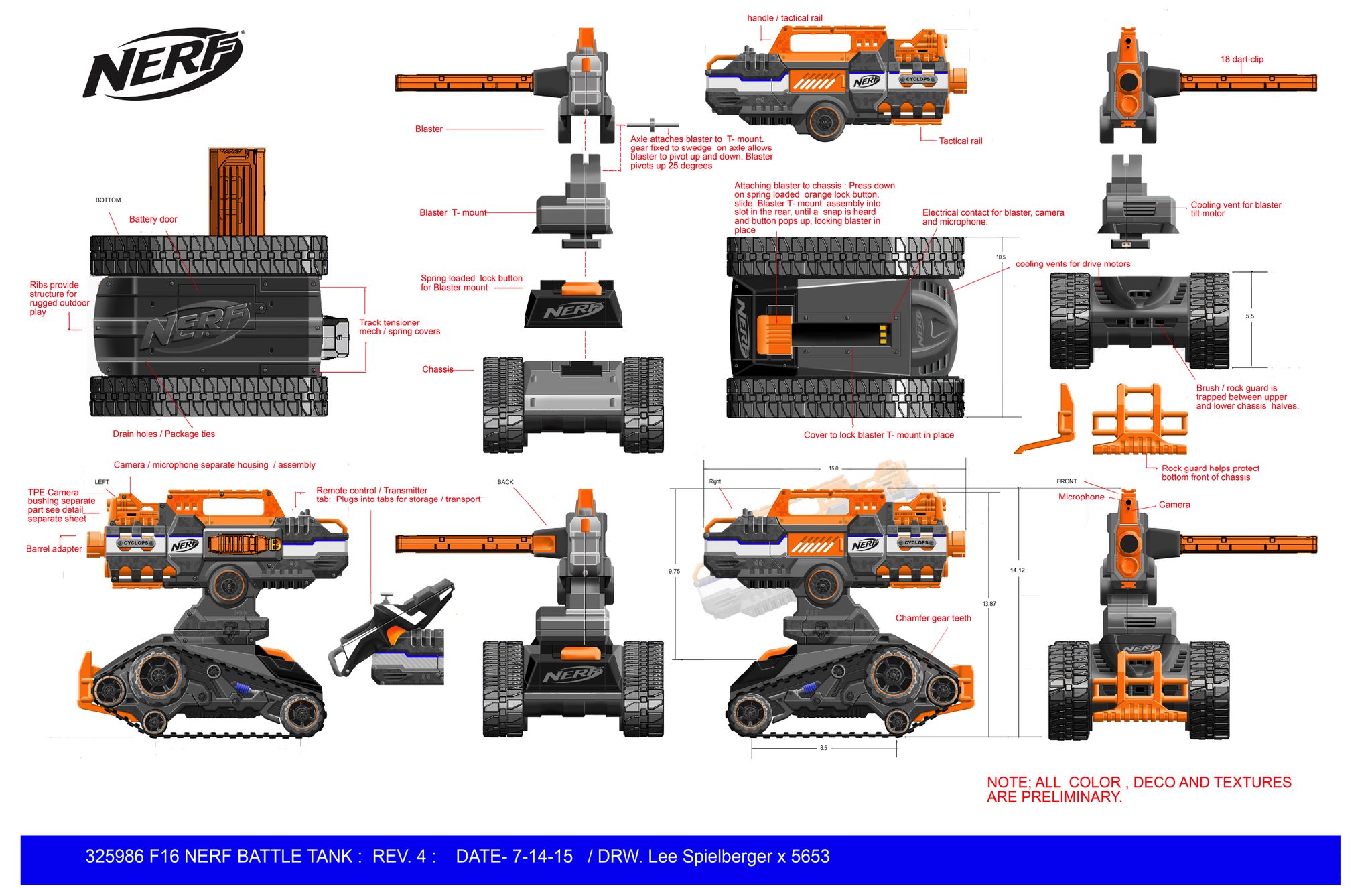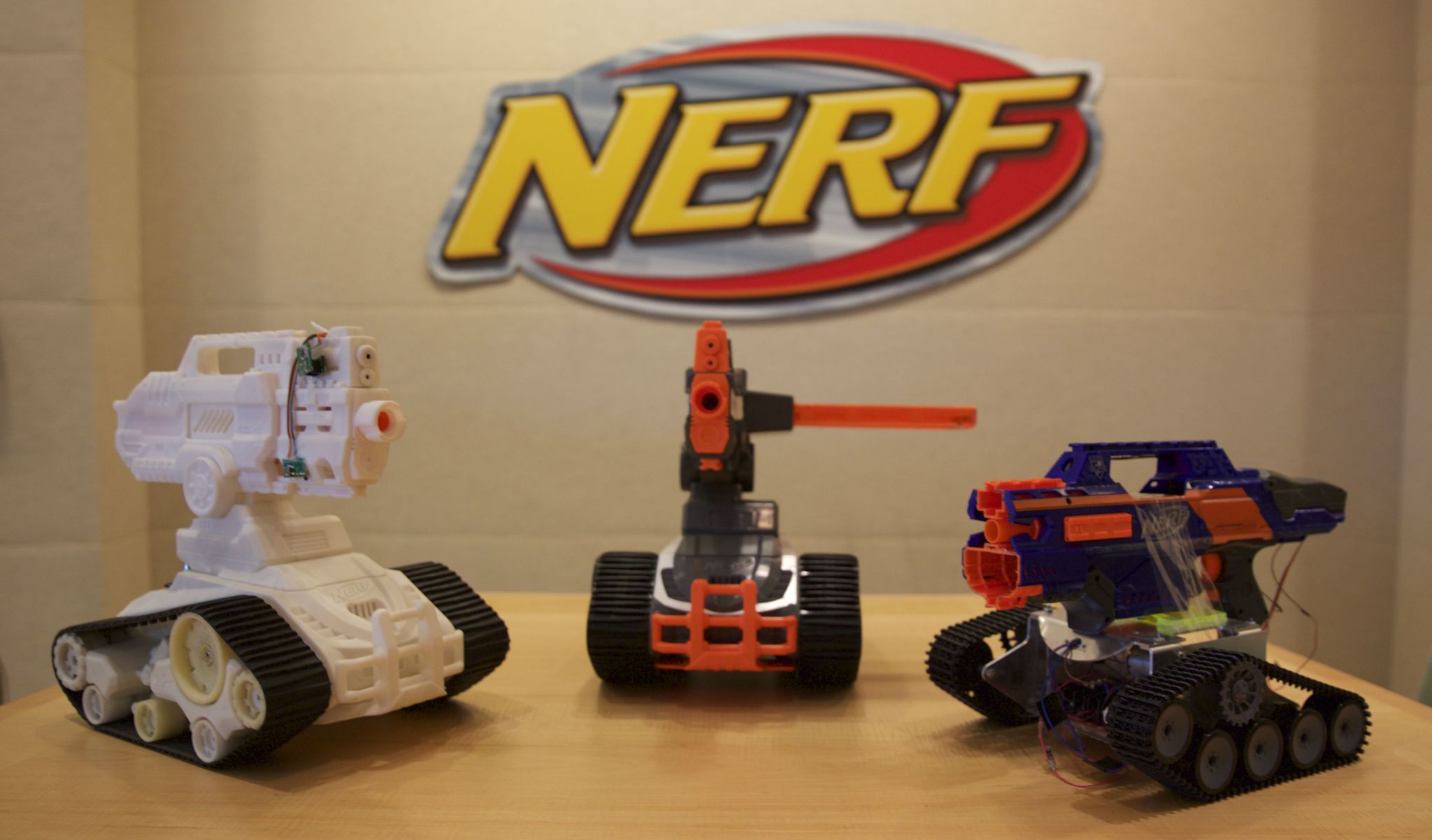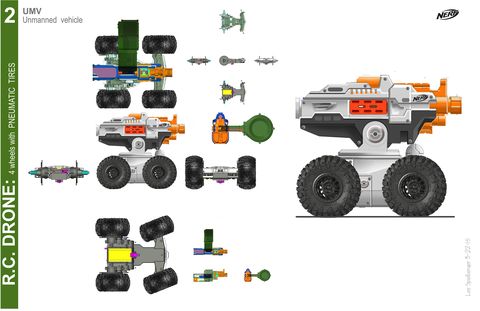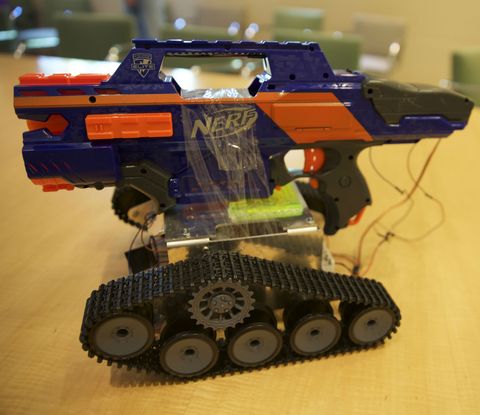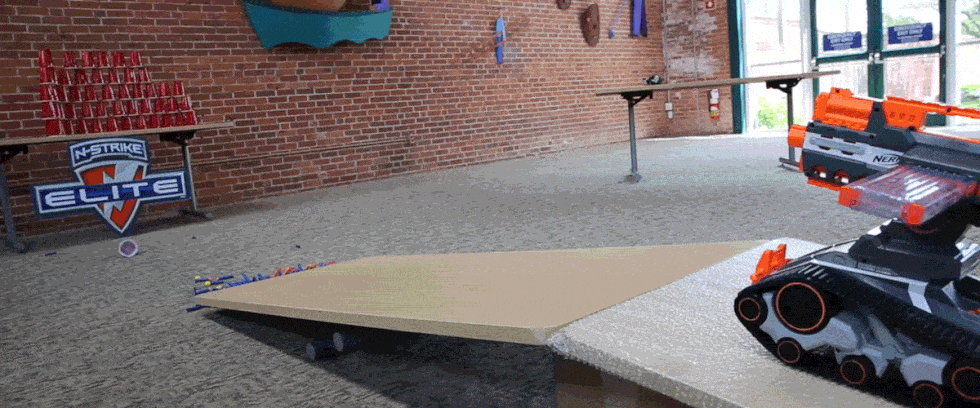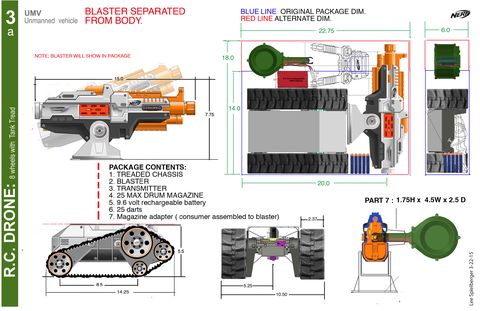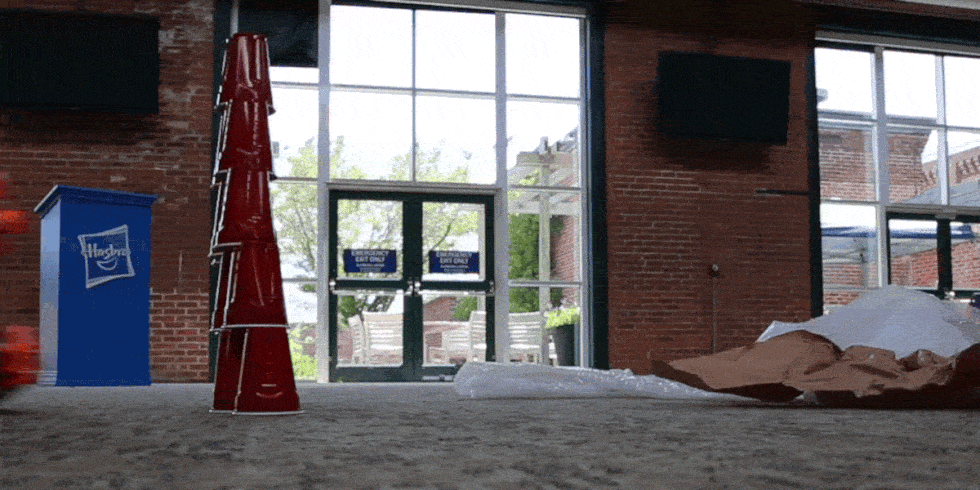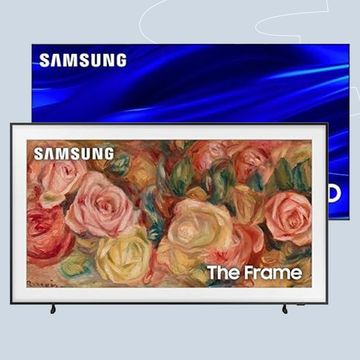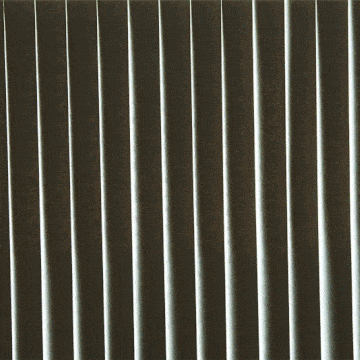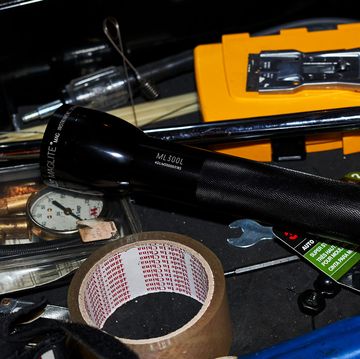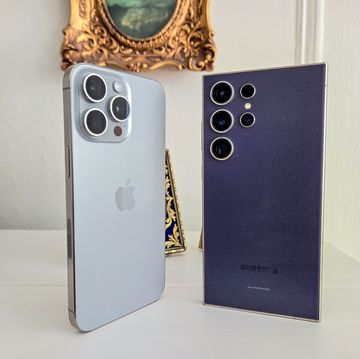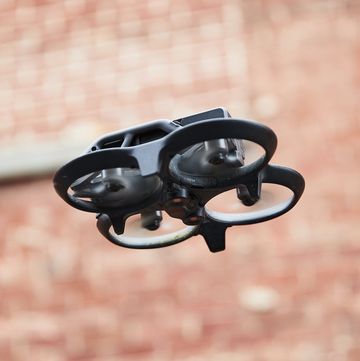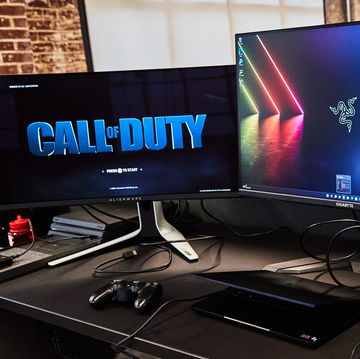Nerf's Terrascout is many things. It's a remote-controlled tank. It's a camera on treads that live-streams its view back to its controller in real time. It's a fully automatic Nerf gun you can drive around the house, blasting your children, siblings, or spouse with a flurry of foam while giggling to yourself from behind a closed door.
Building this dart-throwing monster was a years-long process, riddled with designers and engineers troubleshooting and prototyping, painstakingly working through every quirk of its design. Everything is a decision, from the way it moves and shoots to the smallest details of its styling. And not least of all, how to fit the big ol' thing into its tiny little box.
Making a Nerf toy is a particular kind of alchemy, a precise mixture of function and fun. But most people who've felt the joy of firing one have not gotten to see what leads up to the finished product: a years-long process involving fascinating prototypes that never see the light of day, from a cardboard cutout to a functional bot MacGyvered from spare parts to 3D-printed prototypes. I was lucky enough to visit Hasbro's office in Pawtucket, Rhode Island, and pick the brains of the folks who made it happen.
The Terrascout is one of Nerf's newest toys, released just last month, but its story goes back much further. "They've had an idea for some sort of remote control vehicle for years and years," Michael Ritchie, VP of Global Marketing and Strategy for Nerf, tells me. That long incubation time isn't altogether uncommon, according to Brian Jablonski, Nerf's Director of Product Design. "Sometimes we'll come up with a really cool idea, but then maybe for some reason the timing isn't quite right for it."
For years, that was the Terrascout's predicament. Nerf wanted to make a drone that rolls and also shoots, but the idea had no immediate path to existence.
By 2014—years after the first drawings—things had changed. Nerf's dart-firing mechanisms had become smaller and more refined thanks to full-auto flywheel-based blasters like the RapidStrike CS-18. But more importantly, the age of the quadcopter had arrived. DJI was already on its second Phantom drone, and Parrot's Bebop was buzzing through the sky. We have yet to see Nerf quadcopters that launch a hail of darts from above, but the high-flying trend had effects on the ground as well. Specifically, there was a peak of interest in remote-control vehicles with streaming cameras, plus an all-important drop in the cost of robust battery technology.
The time was right. And so the proto-Terrascout came out of the drawer to start a two-year sprint into reality, the crucible where there real hard work gets done.
When you first look at the Terrascout, you'll notice two major things. First and most obvious, there's the gun that sits on top. And while that Nerf weapon may be the Terrascout's most prominent feature, it's most important feature is the one you probably notice second. I'm talking about the treads.
The first step of turning the Terrascout from a concept into something real was grappling with a pretty simple question: How it going to get around, get around well, and look good doing it? The obvious answer is, of course, wheels.
"We actually looked at using wheels, because there are some benefits to it," Jablonski recalls. Remote control cars are tried and true. Most of us learn how a four-wheeled vehicle works so early on in life that the knowledge is virtually innate. It helps that it's also dead-simple in principle. The back wheels roll forward or back while the front wheels skew left or right as a pair.
Despite the eminent practicality of wheels, they just didn't seem right here. A wheeled shooter is plenty cool, but it's not quite cutting edge. "You can look at this and think about all the video games that are out there that have this kind of vehicle. Call of Duty kind of stuff," says Mike Vieira, Nerf's Senior Project Engineer. Wheels? They're a little more Twisted Metal.
It was a line of thought that lead to the obvious alternative: treads. At a glance, the treads have an immediate aesthetic appeal. They're rugged and severe. Aggressive and martial. A cannon belongs on a tank, after all, not atop an ATV. And treads offered a few practical advantages, too. "We started with a high-track design, like what you'll see on some heavy equipment and sports vehicles, which gives you a high ground clearance," says Lee Spielberger, Senior Principal Designer. "As it evolved, just to make it a toy, we had to make some compromises and it turned into sort of a hybrid of a traditional tank and high-track design."
The Terrascout's tracks make it well-suited for tackling twigs and grass, shredding through the shaggiest carpet, and climbing over Legos on the way across the dining room floor. But the biggest advantage is one that the Terrascout stole from the tanks that inspired it. "We wanted to have this streaming, first-person video, and to pull that off, you need to be able to spin on a dime. With wheels you just can't do that." Vieira points out.
With that decision made, it was time to build something, and the first iteration of what would be the Terrascout was the "works-like" model—a Frankenstein contraption that was little more than a Nerf gun taped to some treads. Compared to the Terrascout's finished form it's practically unrecognizable, with exposed wires and breadboarded circuitry visible right on its body like a damaged but functional Terminator. Atop its base of barebones treads sits the prototype turret, a Rapidstrike.
While the model is clearly cobbled together from spare parts, the choice of blaster is far from arbitrary. The Rapidstrike was Nerf's full-auto blaster to use a flywheel and dart-pusher mechanism designed to feed darts one at a time through a tight gap between two spinning wheels. Those wheels grab the dart and whip it out of the barrel at speeds of around 70 feet per second. The flywheels are electrically driven, so the blaster requires batteries, but it doesn't require any sort of cocking and can unleash a river of foam at the push of a button. It's perfect—in fact, a prerequisite for something like the Terrascout to even exist.
The other necessity was that Terrascout be relatively easy to control, and Nerf's first functional model demonstrated that would not be quite as easy as it first seemed. In an actual tank, the controls are pretty simple, mechanically at least. Unlike a car, where a pedal controls the speed and a single steering wheel controls the two front wheels as a pair, tanks are generally controlled via a pair of levers, each controlling one tread independently. Turning left and right isn't done by actually moving something left and right, but by deliberately mismatching the speed of the treads. It's simple, but more than a little unintuitive to drive, especially when you find yourself holding a controller that has two control sticks, but neither of them actually moves right or left. The team still has some mocked up prototype controllers they built to accommodate this control scheme. They are immediately unwieldy and strange. As Jablonski puts it, "There's a steep learning curve."
The solution presented itself during prototyping. "A lot of that is why we build models is so that we can try the different designs," says Dan King, Principal Electronics Engineer, Applied Technologies for Hasbro at large. "Before we got to building, Lee had actually suggested the steering method the Terrascout wound up using, where we have a left-right stick, and a forward-back stick. Initially we were like, 'You're crazy. We need to be going with a tank steer because we're going with a tank!' But then we implemented both types of controls so we could see which is better. Lee was right."
The real Terrascout has exactly that hybrid control scheme, with one vertical stick for throttle, and a second horizontal one for turning. It makes the controller mercifully similar to the dual-joystick video game controllers that kids like myself grew up with, but making it work came with its own problems.
"As much as it sounds like it should have been easy, it was a real challenge to get that control scheme mapped correctly so we didn't have motors fighting each other," says King. With traditional tank controls, each stick controls its same-side motor 100 percent of the time. But with the hybrid controls, each stick controls both motors at once. Often, both sticks need to control both treads at the same time.
Accelerating into a turn, for instance, means that one stick is telling both treads to speed up, while the other is telling one to speed up and the other to slow down. Deciding who wins the fight is a delicate negotiation that needs to be done in software. In early builds, before the mediation was perfected, the competing motors would sometimes eat through the a prototype's battery life with vicious speed. The solution, King says, was a somewhat brute-force approach. "We actually had to map it out for every condition."
The end result is a tiny tank that really cooks. From the first second I got my hands on the controller, I was surprised just how quick and agile the little sucker is. The hybrid steering mechanism makes the tank a cinch to pick up and drive, while other smart but subtle choices keep the Terrascout nimble and upright. A wide wheelbase combined with a wheelie bar at the back makes sharp acceleration and aggressive hillclimbs easy, without any fear of tipping over backwards. Meanwhile the turret itself has a clever, off-center design that hides as much of the gun's 18-dart magazine as possible inside the footprint of the treads below, minimizing the chance you'll catch it on a doorway. (They tried mounting it on top of the 'scout like a mohawk, but that proved iffy from a balance standpoint, especially for folks who have a 35-dart drum and want to slap that in for practically limitless ammo.)
In fact, the Terrascout plays nice with all the dart-holding magazines and other attachments that fit Nerf's N-Strike and Modulus lines of guns. That's because the Terrascout was designed with all the possibilities in mind—it was built to accomodate not only accessories that already exist but also the ones that might come to be.
The little detail that enables this future-proofing, like virtually every good design decision, is obvious in principle and tougher in practice. The Terrascout's dart-firing turret actually pops off the treaded base. The point of connection is so deftly hidden by of the toy tank's faux-military flourish that you'd be hard-pressed to notice it if you didn't know it was there. This fact allows the tank to fit tidily into its box—not an easy task for such an unwieldy toy—but it's about much more than just that. "The way it's designed in two parts, you could imagine down the road that certain parts and pieces could be changed out" Ritchie points out, stopping just short of a literal wink and a physical nudge.
It makes sense. After all the work that went into that bottom half, it'd be a damn shame to only use it once.
The Terrascout is now available, exclusively at Toys R Us.
